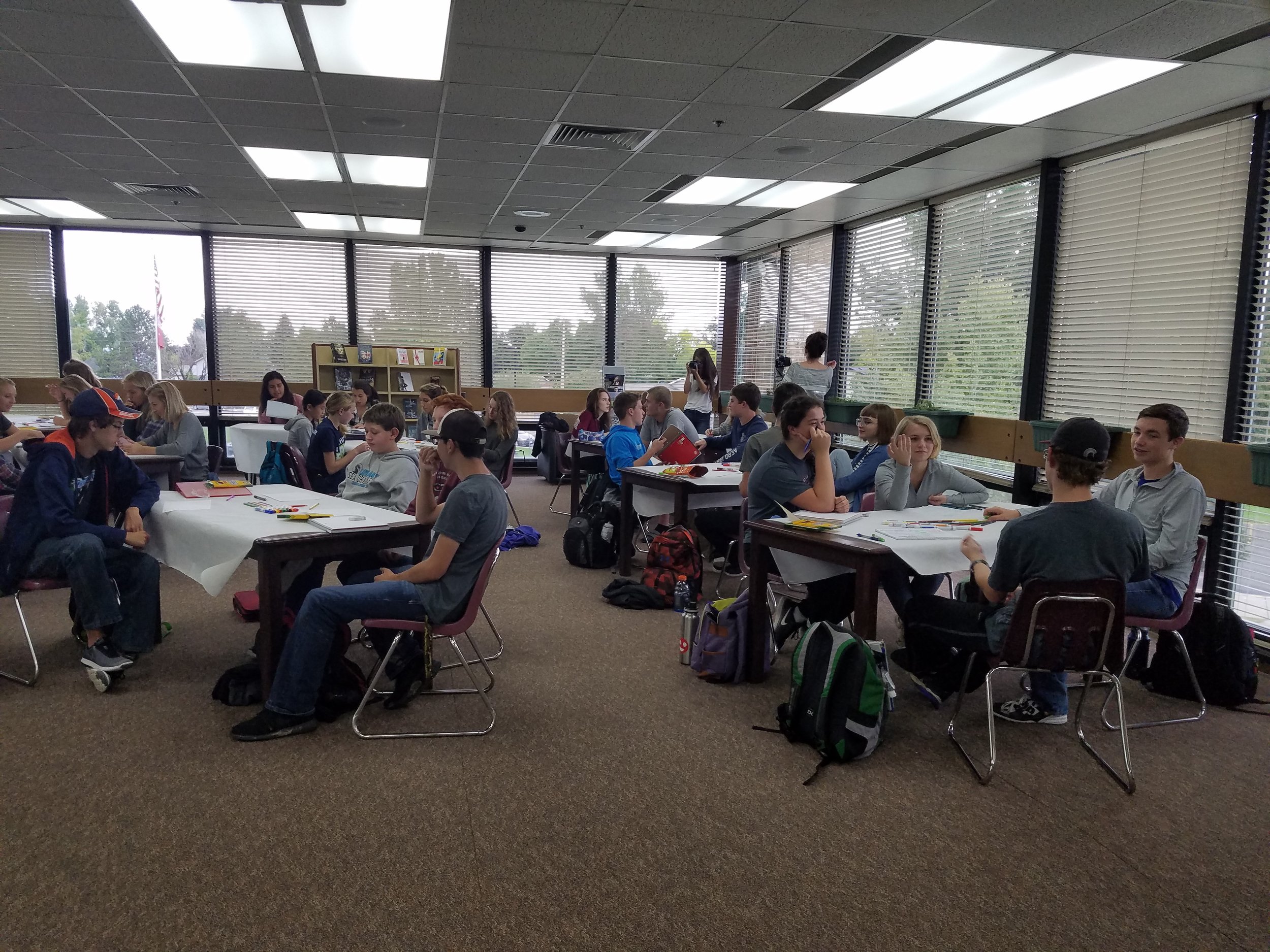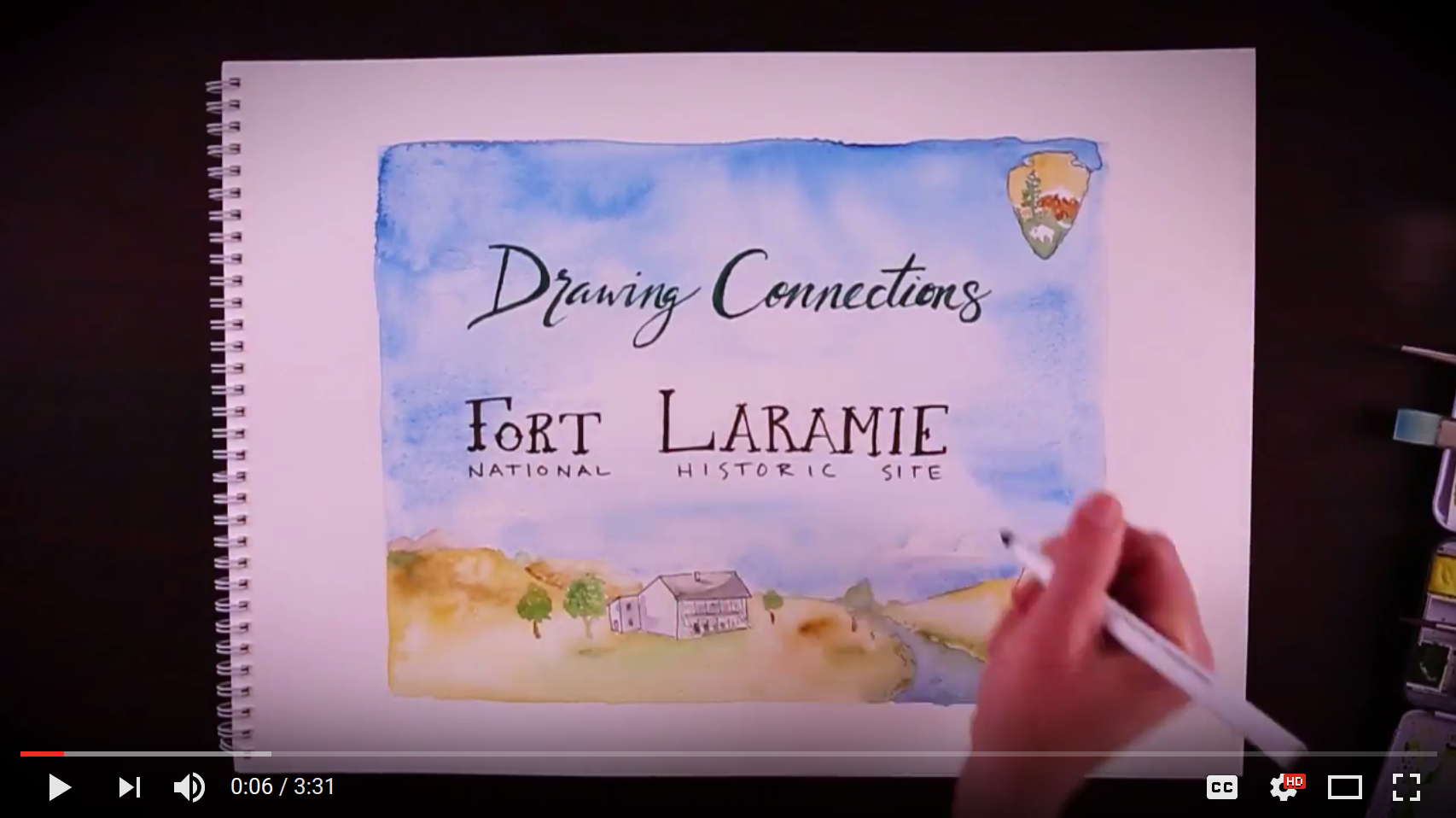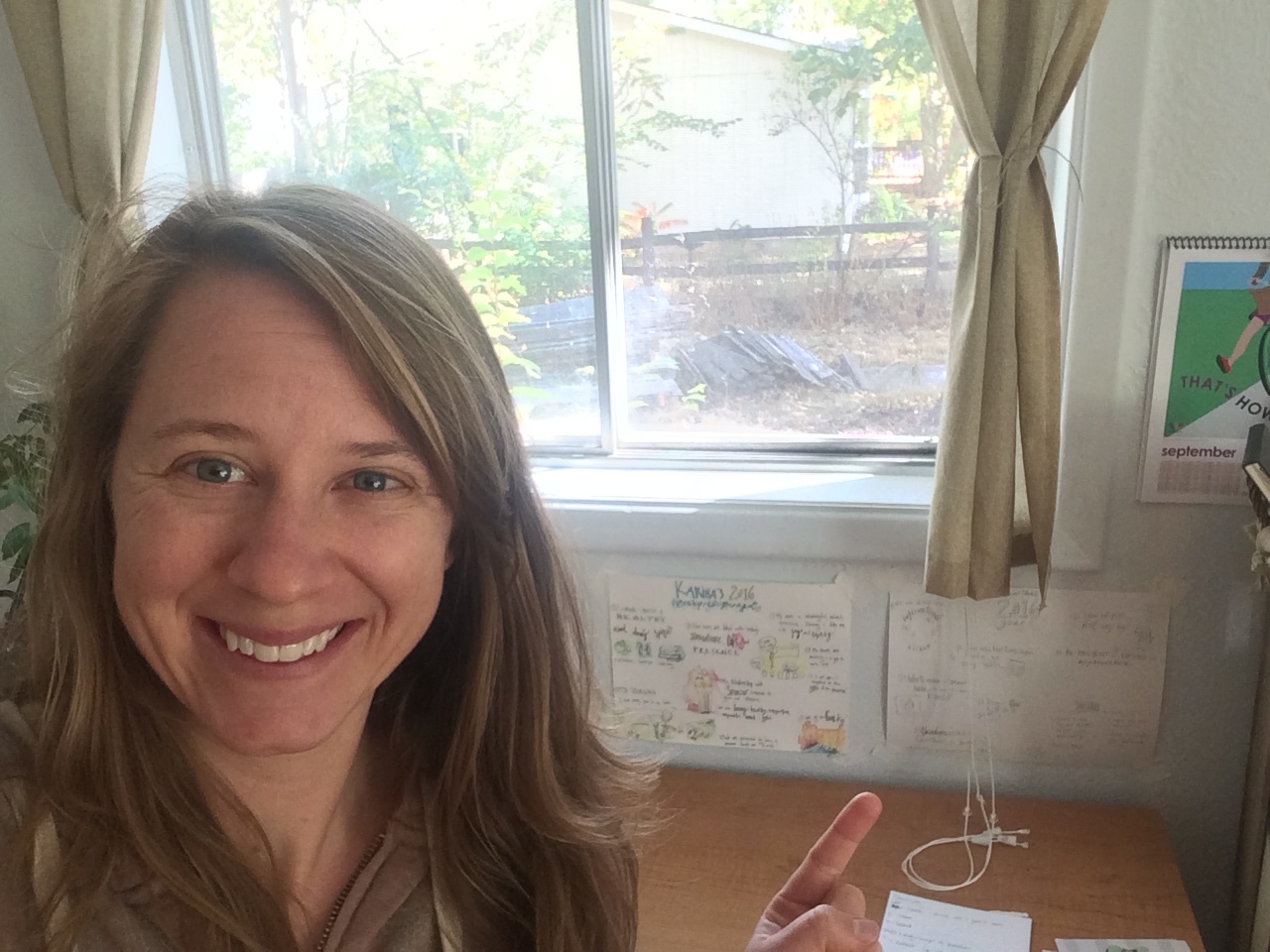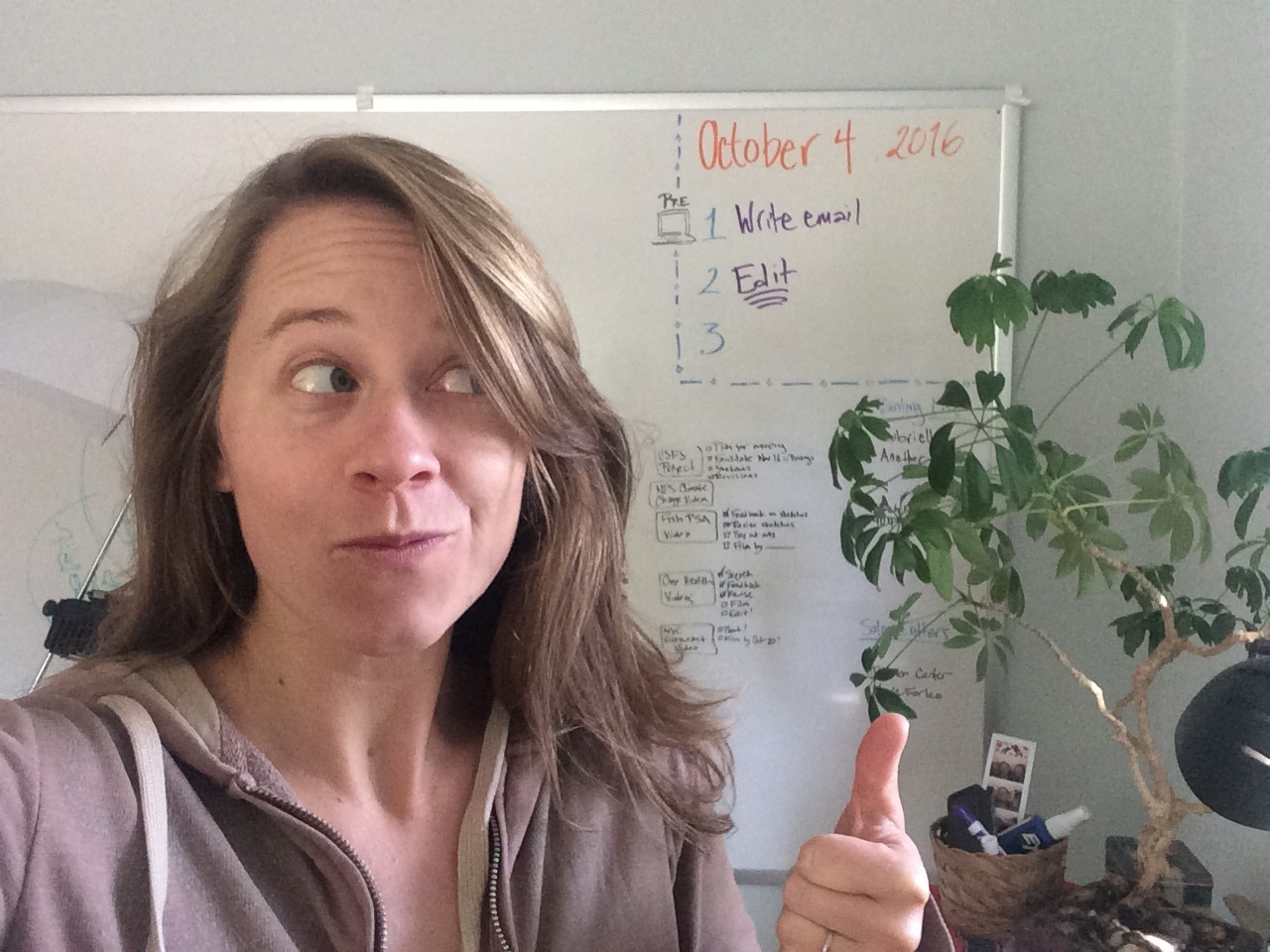Since the birth of the RSA videos for TED talks, illustrated videos have become ever-more popular to explain everything from complex science topics to why the viewer should hire a particular business.
Videos range in detail, quality, style and effectiveness. They’re a solid investment, which is why I’ve outlined some keys to making sure you make the most of your illustrated video partner. You can also read about how to get the most out of working with a graphic recorder here, and what the video making process looks like here.
Know Your Purpose. This is the most important key to a successful video. If you don’t know exactly what you’re asking viewers to do as a result to seeing your video, make that a priority before moving forward. A call to action might be asking them to contact you or your organization, maybe it’s to educate them and encourage them to find out more about a subject, or to enroll in your program. Maybe it’s to consider adopting a new or different behavior. Whatever it is, make sure that is clear to everyone involved and that whenever you need to make decisions, you come back to this purpose.
Know Your Audience. Second only to knowing your purpose, knowing WHO it is you want to see this information is paramount. It’s SO tempting to say “My audience is everyone!” or “The ‘general public’”. However, it’s been proven time and again that if you’re talking to everyone, you’re connecting with no-one. In other words, when you have a specific group in mind, and you tailor your message to what matters most to them, the likelihood of getting them to respond to your Call to Action increases significantly. It’s really flipping hard. You to think about things from THEIR perspective, not what you think they want. Why should they care? What matters most to them? I work with you to understand this, and craft a story around it to resonate with your audience and make them want to know more.
Be Clear About Expectations. This include details like time frame, number of drafts and revisions agreed to, who needs to be involved in revisions, video length (for the love of all that is focused, get it to 2 minutes or less), what services you’re seeking and what your team will provide. For example, in my contracts I include 2 rounds of revisions to the storyboard, and one round of tweaks to the rough cut once I’ve filmed. I can be involved throughout the entire process and deliver a full-fledged final video, or do the storyboarding, illustration and filming, then hand off the files to your team to finish up.
Understand All the Moving Parts. Just as it’s important to make sure you’re clear on the video process, realizing all the different ingredients can help you know what you can provide and what you need in the package provided by your video making partner. Aside from the script, the storyboard and then final illustrations, the background music and voice over narration have a profound impact on the tone and energy your video has. Taking the time to engage with the right voice talent and select an appropriate music track contributes to your video’s success.
Once again, thank you from my heart and soul for your support, great senses of humor, brilliant minds, collaboration and what you're each doing to make the world a better place.
Cheers, Karina
I see that sparkle in your eye…the one that means you’ve got a story to tell. Go ahead, click that button down there…
Where in the World ISN’T ConverSketch? (it’s been a busy week)
Filming & Editing One of Those Sweet Videos You Just Read About!
The Western US has been dealing with juuuust a couple of little wildfires this season. I’ve been working with a team of scientists and practitioners at the Rocky Mountain Research Station to develop a video series about helping communities become more adapted to wildfire. Video number two got filmed this week!
Graphic Facilitation in Maryland with the Board of Melwood
Melwood is a non-profit organization that trains and supports people with differing abilities to do work in landscaping, horticultural, and custodial work, as well as providing therapy and other services. We spent two days on the Chesapeake Bay being inspired by speakers and discussing the future and priorities for Melwood in the next five years.
A Little Giving Back in Berthoud …
Although I'm particular about the ways I give back, infusing visual thinking and note-taking in schools is something I support. So, last week I spent a day in the Library at Berthoud High School sharing the basics of visual note-taking with students of all ages. As you can imagine, by the end, I felt exhausted, and also energized by their enthusiasm and laughter seeing that doodling can be useful. Big shout out to Carin Barrett for making it happen!
…And a Little More Giving Back for Public Lands
Here’s a digital video I created as a donation to the Outdoor Alliance, an organization that does work I deeply care about: protecting our public lands from being privatized. As an American citizen, all public lands are YOURS, you have a right to enjoy them! Here’s a quick video explaining public lands and actions you can take to support them.
Systems Thinking with the One Health Fellows
I’ve loved being a partner to the One Health Institute at CSU, and on Saturday the first cohort of Fellows gathered to begin their five year journey together. I am looking forward to seeing how their trans-disciplinary work moves One Health forward.


















